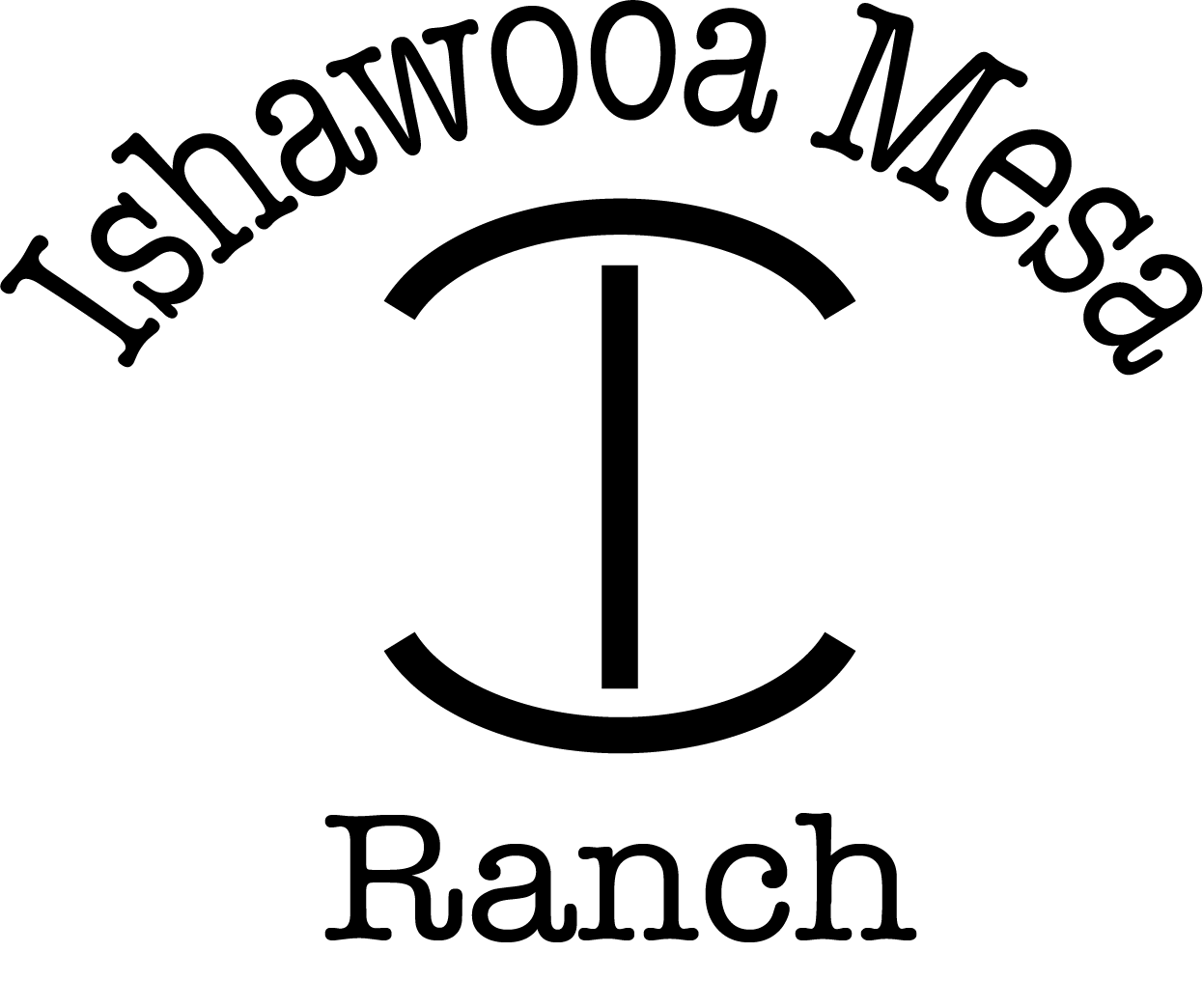“The Lease” -Where The Grass is Greener
Our Herd to New Pastures!
Last week our cows were moved to a new pasture to spend the rest of the summer grazing on a range of native grasses and shrubs. While spending time with cows is no new thing to Ishawooa Mesa Ranch, moving cows on horseback is one of our favorite ways to spend a day on the ranch. The cows and calves were sorted off from the rest of the fat cattle and moved about a half mile down the road to their new summer vacation spot, our Forest Service lease! Below are some commonly asked questions about our lease:
Where did the cows go?
This particular pasture is out on public Forest Service land, which we “lease” for grazing rights to put our cows out on. The specific plot of land that our lease covers is a ten-year, multiple use lease; meaning that along with our cows grazing, other members of the public can use this land for camping, fishing, hiking etc. If you see a cow at your favorite camping spot down the South Fork, say hello! It may be an Ishawooa Mesa cow!
Are they in the same spot all summer?
We have six total pastures that we rotate our mother cows and calves through during the summer. The cows are normally in each pasture for a total of thirty days before moving into the next pasture. We “rest” two pastures every year. The cows do not get access to these pastures, which allows the grass to go to seed and grow new grass for the following year. Once the grass grows new seeds, it puts the rest of its energy toward its roots, which binds to the soil and ensures a thicker (and tastier!) grass for our cattle.
Why do we put our cows on public land?
The benefit of putting our cows on public land is adding to the flavor profile of our beef. Our cows actually prefer the small grasses on the lease to hay or irrigated grass on the ranch. Range grasses also add to the flavor profile of our beef, ensuring a high-quality, tasty product for our customers!
What is the time frame for when they are out there?
Our lease starts when the grasses are “range ready.” Typically, in order for the grasses to be ready, they have to be above three inches tall, which happens around June 15th. The period of time when we move the cows off of their last lease is in October, when wildlife starts to move back to the area. A little-known fact about the South Fork is that is all Bighorn Sheep range! Since we share the same area with them, we move the cows back home to the ranch when the sheep and elk move to lower elevations for the colder months to ensure we do not disrupt their cycle.
Does anybody check up on them during the summer?
Our ranch manager, Greg, and the ranch hands regularly check up on the cattle. Oftentimes, they are checked daily to make sure all the cows are healthy, happy, and gaining weight. If the cows get into the wrong place, they are also moved back to their right spot. Mineral blocks, which are put out and moved during the summer, as well as ponds and watering tanks, serve as “home bases” for the cows to gather around when being checked up on.
We hope you enjoyed learning more about our Forest Service leases! Without these leases, our ranch would definitely not be able to sustain as many cattle, and we are very grateful for the opportunity to have these leases to keep our cows on during the summer months! If you have any questions about our leases, how they work, or why they are so essential to our ranch, feel free to contact our ranch manager Greg Hertel for more information.









